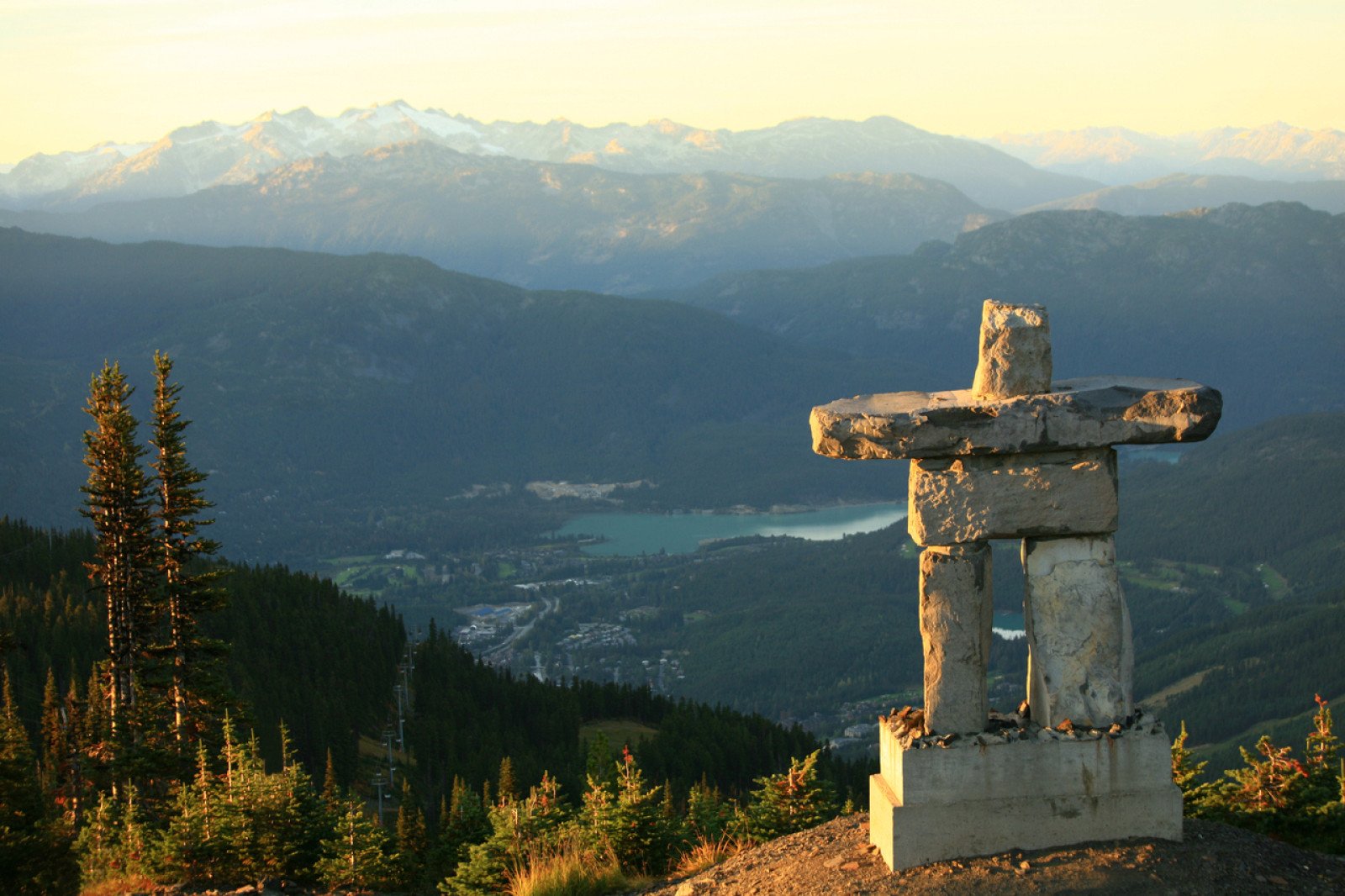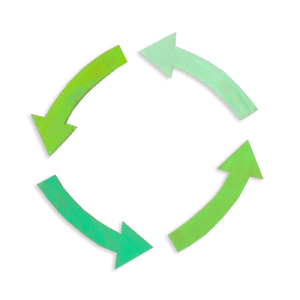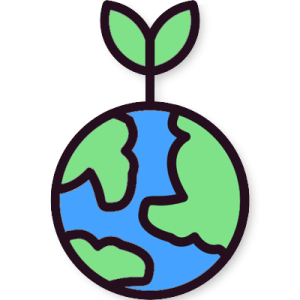
Overview
In this activity, students explore the criteria for meaningful reconciliation as they examine acts of reconciliation between BC Hydro and the Kwadacha people who were displaced by the construction of the WAC Bennett Dam in 1966.
Instructions
What you'll need
- "Exploring meaningful reconciliation" worksheet, one copy for each student
- "Kwadacha Elders" statement
- Digital projector and screen
- Student electronic devices with access to internet
- Begin this activity by asking your students to think about a time when they were hurt or disrespected by someone’s actions. What might meaningful reconciliation or rebuilding the relationship with that person look like? Invite students to share their ideas with the class.
- As students share their ideas, co-develop or introduce the criteria for meaningful reconciliation:
- Honest: acknowledges painful truths about past events and actions
- Respectful: focuses on building respectful relationships and trust
- Inclusive: includes Indigenous and non-Indigenous perspectives and voices
- Action-focused: takes concrete steps and actions
- Record and visually display the criteria for meaningful reconciliation for use later in this activity.
- Showing students the trailer to the short film “Kwadacha by the River” to help them see the impacts of the building of the WAC Bennett Dam.
- Read the "Kwadacha Elders" statement out loud to your class
- Organize your students into small groups (2-3 students) and provide each student with a copy of the "Exploring meaningful reconciliation" worksheet. Briefly explain that in 1966, BC Hydro built the WAC Bennett Dam, one of the largest hydroelectric dams in the world, in Fort Ware – the ancestral home of the Kwadacha First Nations community.
- After reading the statement that Chris O’Riley, CEO, BC Hydro made about the impacts of the dam, ask groups to suggest how the construction of the dam may have impacted the water, land, and Indigenous peoples. Student suggestions could include:
- During the construction of the dam the area was flooded, which damaged shorelines.
- The Kwadacha people were not consulted about the construction of the dam.
- The Kwadacha people were forced to leave their homes and land.
- Kwadacha ways of life were changed or interrupted, including changes to traditional food sources as animals/plants that relied on the river were negatively affected, and their traditional ways of moving around on the water were affected (traveling on a river requires different types of boats than travelling on a lake).
- As students share their thinking about the parts of the project that BC Hydro “can’t be proud of”, invite them to suggest what actions BC Hydro could take to encourage reconciliation. Explain to your students that the Truth and Reconciliation Commission of Canada defines reconciliation as “establishing and maintaining respectful relationships between Aboriginal and non-Aboriginal peoples in Canada.” Lead a discussion with your class about what meaningful reconciliation might look like using the criteria developed earlier in this activity and questions such as:
- Who might be part of meaningful reconciliation efforts with the Kwadacha?
- What meaningful acts of reconciliation might address past wrongs?
- Why is reconciliation with the Kwadacha important?
- Share that BC Hydro has made steps towards meaningful reconciliation with the Kwadacha. Tell your students that their next challenge is to decide which of the criteria for meaningful criteria are met by BC Hydro’s actions. Ask students to examine the sources listed on the worksheet to find actions that meet the criteria. Alternatively, assign each group one of the sources.
- To conclude the activity, invite groups to share their thinking with the class. As they share, ask your students to make a decision:
- Which BC Hydro actions have done the most to encourage meaningful reconciliation?
- What important lessons can be learned about meaningful reconciliation from BC Hydro’s actions?
Modify or extend this activity
- Invite students to read the entire text of the speech acknowledging the impacts of building the WAC Bennett dam and make a decision: how effectively does the speech make amends for past actions? Encourage students to use the criteria for criteria for meaningful reconciliation when making their decision. Read the statement from BC Hydro.
- Use the criteria for meaningful reconciliation to explore how BC Hydro is designing and building Site C – Clean Energy Project, their third dam and hydroelectric generating station on the Peace River. For more information, visit Site C Project – Indigenous Relations.
Curriculum Fit
Grade 11 Environmental Science
Big idea
- Human practices affect the sustainability of ecosystems
- Humans can play a role in stewardship and restoration of ecosystems
Content
- Human actions and their impact on ecosystem integrity
- First Peoples ways of knowing and doing
- Resource stewardship
- Restoration practices
Curricular competencies
Questioning and predicting
- Demonstrate a sustained intellectual curiosity about a scientific topic or problem of personal, local, or global interest
Processing and analyzing data and information
- Apply First Peoples perspectives and knowledge, other ways of knowing, and local knowledge as sources of information
- Analyze case and effect relationships
Evaluating
- Demonstrate an awareness of assumptions, question information given, and identify bias in their own work and in primary and secondary sources
- Consider changes in knowledge over time as tools and technologies have developed
- Consider social, ethical and environmental implications of the finding from their own and others’ investigations
- Critically analyze the validity of information in primary and secondary sources and evaluate the approaches used to solve problems
Applying and innovating
- Contribute to care for self, others, community, and world through individual or collaborative approaches
- Contribute to finding solutions to problems at a local and/or global level through inquiry
- Implement multiple strategies to solve problems in real-life, applied and conceptual situations
Communicating
- Communicate scientific ideas and information, and perhaps a suggested course of action, for a specific purpose and audience, constructing evidence-based arguments and using appropriate scientific language, conventions, and representations
- Express and reflect on a variety of experiences, perspectives, and worldviews through place
Grade 11 Science for Citizens
Big idea
- Scientific processes and knowledge inform our decisions and impact our daily lives
- Scientific understanding enables humans to respond and adapt to changes locally and globally
Content
- Actions and decisions affecting the local and global environment, including those of First Peoples
- Human impact on Earth’s systems:
- Natural resources
- Effects of climate change
Curricular competencies
Questioning and predicting
- Demonstrate a sustained intellectual curiosity about a scientific topic or problem of personal, local, or global interest
Processing and analyzing data and information
- Apply First Peoples perspectives and knowledge, other ways of knowing, and local knowledge as sources of information
- Analyze case and effect relationships
Evaluating
- Demonstrate an awareness of assumptions, question information given, and identify bias in their own work and in primary and secondary sources
- Consider changes in knowledge over time as tools and technologies have developed
- Consider social, ethical and environmental implications of the finding from their own and others’ investigations
- Critically analyze the validity of information in primary and secondary sources and evaluate the approaches used to solve problems
Applying and innovating
- Contribute to care for self, others, community, and world through individual or collaborative approaches
- Contribute to finding solutions to problems at a local and/or global level through inquiry
- Implement multiple strategies to solve problems in real-life, applied and conceptual situations
Communicating
- Communicate scientific ideas and information, and perhaps a suggested course of action, for a specific purpose and audience, constructing evidence-based arguments and using appropriate scientific language, conventions, and representations
- Express and reflect on a variety of experiences, perspectives, and worldviews through place
Assessments
Throughout the activity, consider how well students:
- Contribute to respectful group discussion.
- Find evidence of meaningful reconciliation.
- Propose meaningful acts of reconciliation.
Teaching Notes
- For more information about the short film “Kwadacha by the River”, visit Kwadacha by the river screening: consent, consultation and colonialism
- The full text of the speech of BC Hydro acknowledging the impacts of the WAC Bennett Dam can be found here
- More information about BC Hydro’s principles for Indigenous relations can be found at:
How this activity was developed
These materials were created with guidance from Indigenous educators, subject matter experts and thought leaders to help draw upon important teachings, learnings, and Indigenous perspectives.
For centuries, the traditional western view of water has often been focused on its value as a resource. Indigenous people have a unique relationship with the waters of British Columbia. Since time immemorial, water has played a sacred role and is seen as a living entity. How water is used must be carefully considered with a view towards not just the immediate need and impact, but the needs and perspectives of generations to follow.
We are dedicated to deep listening and respectfully highlighting Indigenous ways of knowing in the materials we provide B.C. educators. If you have any feedback for us on these activities, or suggestions for others, please email schools@bchydro.com. We would love to hear from you.
About the artist
The design of the worksheets in this activity was a collaborative effort with Indigenous artist Kelli Clifton. Kelli Clifton was born and raised in Prince Rupert, British Columbia and is Gitga’at from the community of Hartley Bay. Clifton is interested in using her artwork as a form of storytelling—especially in relation to her Ts’msyen language (Sm’algyax), her coastal upbringing and her experiences as an Indigenous woman. Clifton currently lives in her home community where she continues to practice her art and teaches Sm’algyax at a local high school. Learn more about Clifton's art on her Facebook page.
BC Hydro’s commitment to reconciliation
BC Hydro exists to serve British Columbians by providing clean, reliable and affordable electricity. We recognize that maintaining and developing the system has impacts on the lives and interests of Indigenous People. To support our move towards true and lasting reconciliation, BC Hydro will acknowledge past wrongs, listen to Indigenous perspectives and seek shared understanding with First Nations communities and governments.
Learn more about our Statement of Indigenous Principles.








